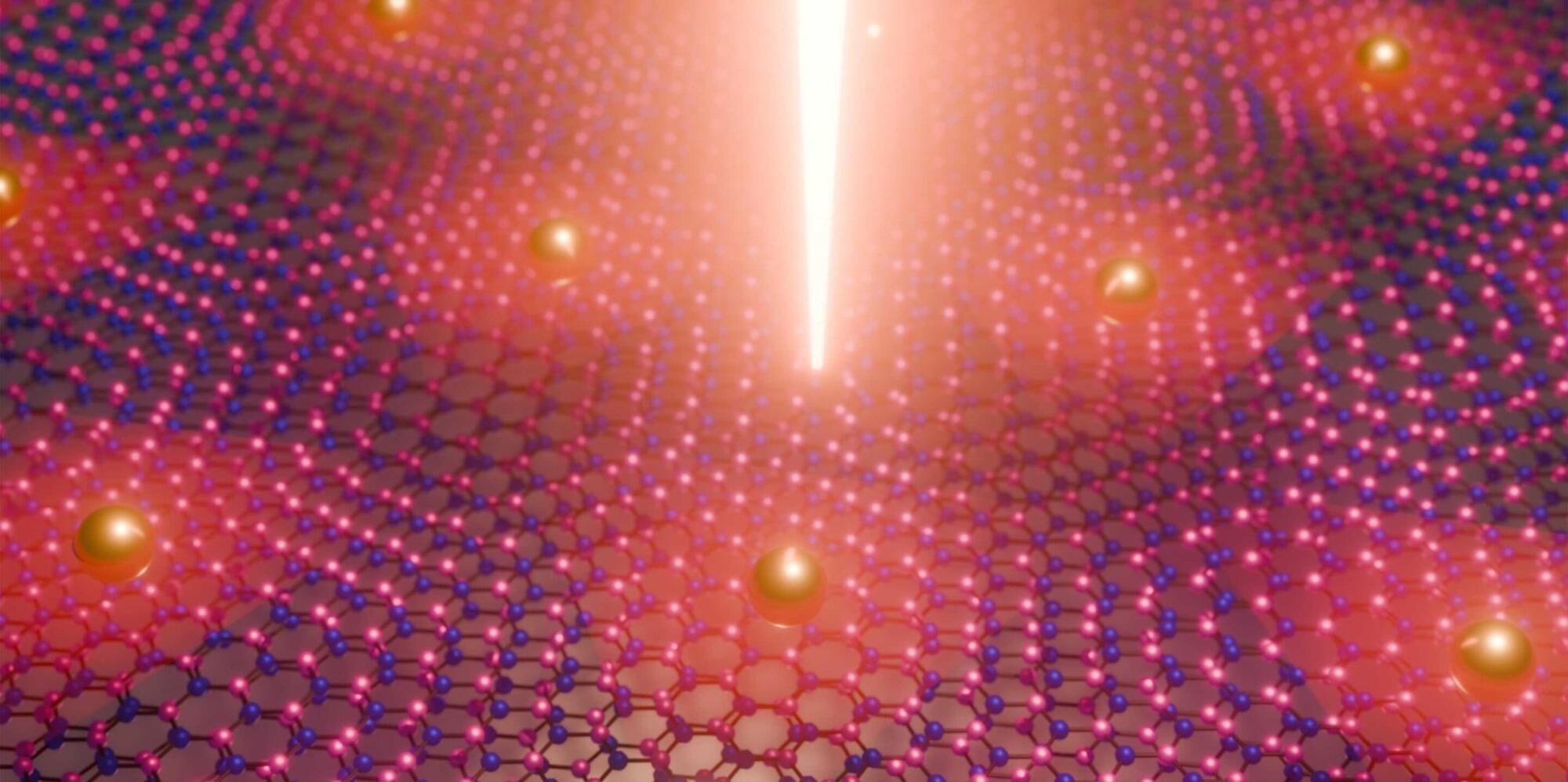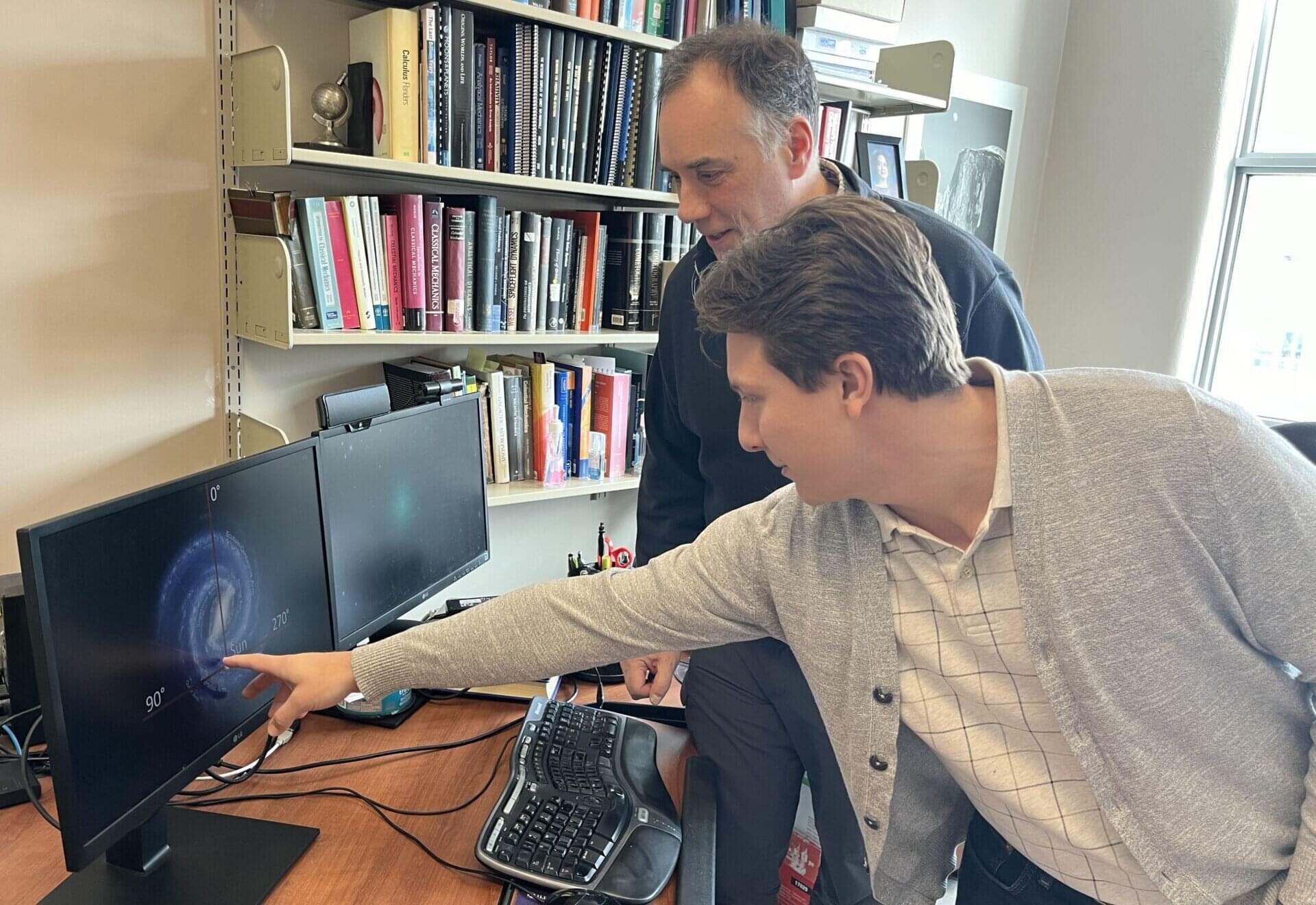A new theory suggests gravity could possibly be the result of entropy—which would mean everything in the universe would fall apart if it all remained unchanged.
Category: physics – Page 60

Pure nickel oxide research refutes hydrogen-superconductivity link
Physicists from the National University of Singapore (NUS) have synthesized very pure superconducting materials and redefined the critical role of hydrogen in the newly discovered nickel-oxide superconductors.
Their findings were published concurrently in the journals Nature Communications and Physical Review Letters.
Superconductivity is an exciting phenomenon where electrical resistance disappears, and it holds transformative potential for revolutionizing energy technologies. Despite its potential, the origin and fundamental mechanism of superconductivity remain one of the greatest mysteries in physics.

Scientists demonstrate time reflection of electromagnetic waves in a groundbreaking experiment
Observation of temporal reflection and broadband frequency translation at photonic time interfaces https://www.nature.com/articles/s41567-023-01975-y
NEW YORK, March 13, 2023 — When we look in a mirror, we are used to seeing our faces looking back at us. The reflected images are produced by electromagnetic light waves bouncing off of the mirrored surface, creating the common phenomenon called spatial reflection. Similarly, spatial reflections of sound waves form echoes that carry our words back to us in the same order we spoke them.
Scientists have hypothesized for over six decades the possibility of observing a different form of wave reflections, known as temporal, or time, reflections. In contrast to spatial reflections, which arise when light or sound waves hit a boundary such as a mirror or a wall at a specific location in space, time reflections arise when the entire medium in which the wave is traveling suddenly and abruptly changes its properties across all of space. At such an event, a portion of the wave is time reversed, and its frequency is converted to a new frequency.
To date, this phenomenon had never been observed for electromagnetic waves. The fundamental reason for this lack of evidence is that the optical properties of a material cannot be easily changed at a speed and magnitude that induces time reflections. Now, however, in a newly published paper in Nature Physics, researchers at the Advanced Science Research Center at the CUNY Graduate Center (CUNY ASRC) detail a breakthrough experiment in which they were able to observe time reflections of electromagnetic signals in a tailored metamaterial.
A minimal SM/LCDM cosmology
Seminar entitled “A minimal SM/LCDM cosmology”, given by Neil Turok (University of Edinburgh and Perimeter Institute for Theoretical Physics), November 21st, 2024, during the VI Amazonian Symposium on Physics (https://www.ppgf.eventos.ufpa.br/VIASP).

‘Next-Level’ Chaos Traces the True Limit of Predictability
“I give you God’s view,” said Toby Cubitt, a physicist turned computer scientist at University College London and part of the vanguard of the current charge into the unknowable, and “you still can’t predict what it’s going to do.”
Eva Miranda, a mathematician at the Polytechnic University of Catalonia (UPC) in Spain, calls undecidability a “next-level chaotic thing.”
Undecidability means that certain questions simply cannot be answered. It’s an unfamiliar message for physicists, but it’s one that mathematicians and computer scientists know well. More than a century ago, they rigorously established that there are mathematical questions that can never be answered, true statements that can never be proved. Now physicists are connecting those unknowable mathematical systems with an increasing number of physical ones and thereby beginning to map out the hard boundary of knowability in their field as well.

Crystal lattice at a distance: Moiré material method makes it easier to study interactions between electrons
To study the interactions between electrons in a material, physicists have come up with a number of tricks over the years. These interactions are interesting, among other things, because they lead to technologically important phenomena such as superconductivity.
In most materials, however, electron interactions are very weak and, therefore, hard to detect. One of the tricks that researchers have used for a while now consists in reducing the motional energy of the electrons by artificially creating a crystal lattice with a large lattice constant—that is, with a large distance between the lattice sites in the crystal. In this way, the interaction energy, which is still small, becomes relatively more important, so that interaction effects become visible.
However, the so-called moiré materials used for this suffer from the disadvantage that inside them it is not only the motion of electrons that is modified with respect to ordinary crystal lattices, but also other physical processes that are needed for studying the material.



The Holy Grail of Physics: Superconductivity Without the Cold
Researchers found that fundamental constants determine the upper limit of superconducting temperatures, and luckily, our Universe allows for conditions where this breakthrough might be possible.
The Holy Grail of Physics: Room-Temperature Superconductivity
A new study, published on March 3 in the Journal of Physics: Condensed Matter, suggests that room-temperature superconductivity — long considered the “holy grail” of condensed matter physics — may indeed be possible within the fundamental laws of the universe.

Astrophysicists predict origins of unexpected space objects in solar system and Alpha Centauri
Interstellar material has been discovered in our solar system, but researchers continue to hunt for where it came from and how it got here. A new study led by Western astrophysicists Cole Gregg and Paul Wiegert recommends Alpha Centauri—the next closest solar system to ours—is a great place to start, highlighting how and why it’s a prime target.
The findings were published March 6 in The Planetary Science Journal.
Interstellar objects are astronomical material, like asteroids or comets, not gravitationally bound to a star. They can come from other solar systems and be thrown into interstellar space by collisions or be slingshotted by a planet or star’s gravity.